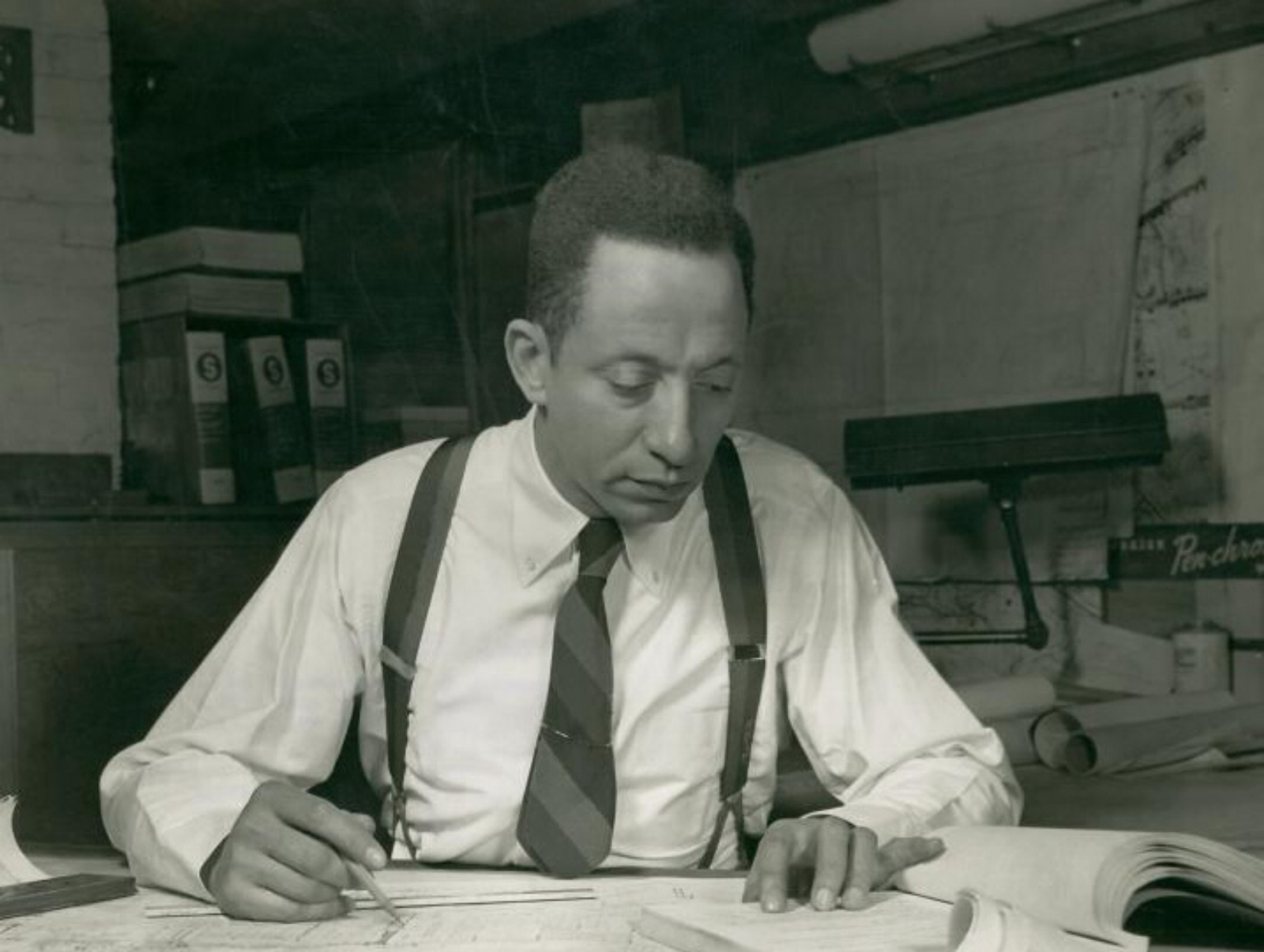Hilyard Robinson
Architect

1889(Birth)
2 July 1986(Death)
Biography
During the first half of the twentieth century, Hilyard Robert Robinson was one of the most prolific and socially conscious African American architects in the nation. His public housing designs were so effective in addressing the need of its inhabitants that they became one of the catalysts for the Roosevelt Administration to pass the first national housing act.
Robinson's notable work includes the International style Langston Terrace Dwellings, listed on the National Register of Historic Places. Langston was the first public housing project commissioned in Washington, D.C. Robinson also designed the Ralph Bunche residence. Bunche was the first African American to receive the Nobel Peace Prize as well as the first to become undersecretary of the United Nations. Following this project, Robinson became the architectural and planning consultant to the Republic of Liberia. He also designed and supervised the construction of the Tuskegee Army Airfield, where the Air Force's first African American pilots [the Tuskegee Airmen] trained and embarked for combat during World War II.
Born in Washington D.C., Hilyard Robinson attended the prestigious M Street High School, the district's first school for African Americans. In 1917, Robinson studied at the Pennsylvania Museum and School of Industrial Arts, then left school to join the U.S. Army Field Artillery Corps, 167th Brigade. He served in France as a second lieutenant during World War I. After the war, Robinson studied at the University of Pennsylvania and then received his B.A and M.A. from Columbia University. While at Columbia, Robinson taught architecture part-time at Howard University. Eventually, he became the chairman of the School of Architecture and designed eleven buildings for the university.
In 1931, Hilyard married Helena Rooks. The Robinsons traveled on a subsidized trip around Europe for eight months, where Hilyard examined and photographed government-sponsored housing solutions. In 1935, Robinson began designing and building public housing developments, eventually rising through the ranks to become the government's lead designer of public housing. "Robinson was a pioneer. He brought back the Bauhaus [German] conceptions of public housing to this area," said J. Leon Langhorne, a former Howard professor.
In August of 1986, a month after Robinson's death, more than a hundred former Langston Terrace residents gathered for a "family" reunion. They reminisced about living at Langston and mourned Robinson's passing. "Langston was a close-knit community," said Samuel Washington, a resident from 1938 to the early 1950s, to a reporter for the Washington Post, "There were hundreds of youngsters, and we all knew each other. If you asked anyone of the people at the reunion, you would hear them say it was a utopia."
A utopia designed by Hilyard Robert Robinson, a conscientious architect that believed people were more important than the space they occupied.
Sources:
"Historians' projects to honor architect," Washington Post, October 16, 1986.